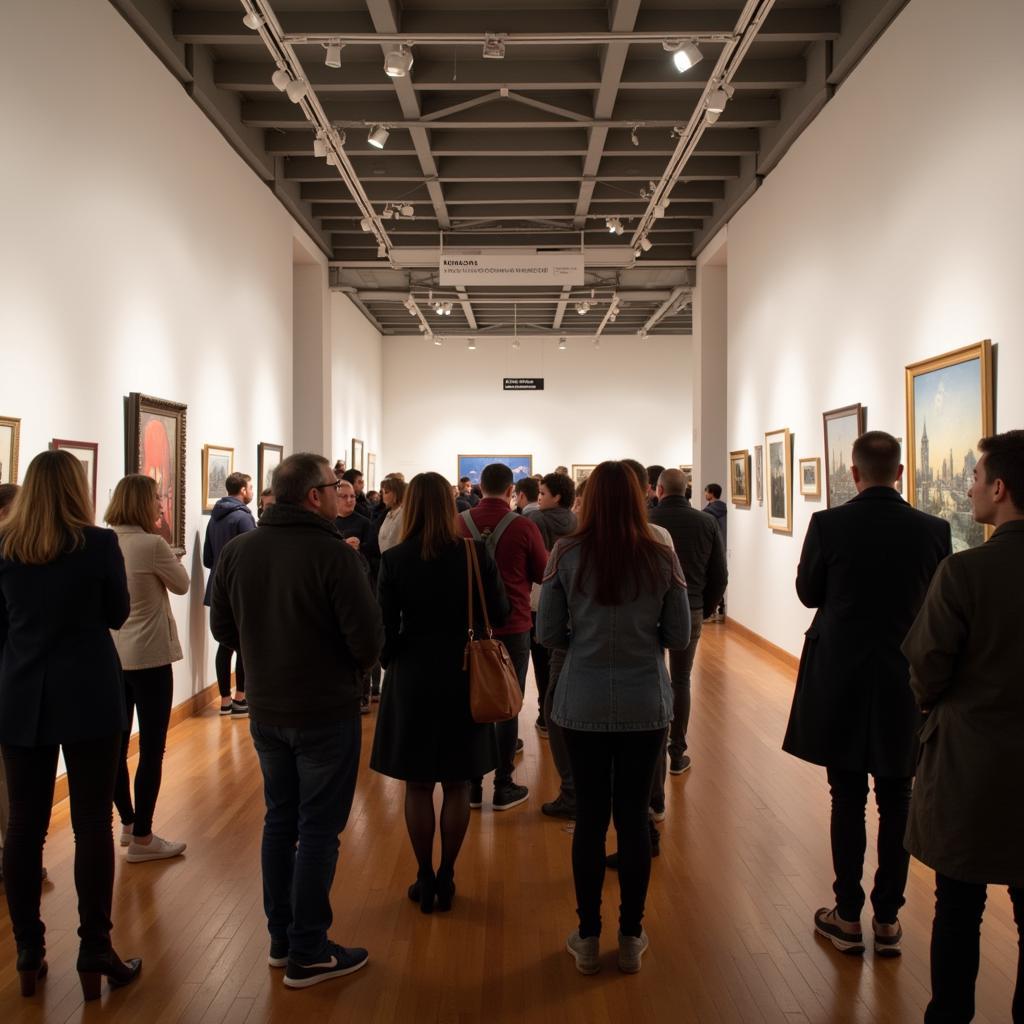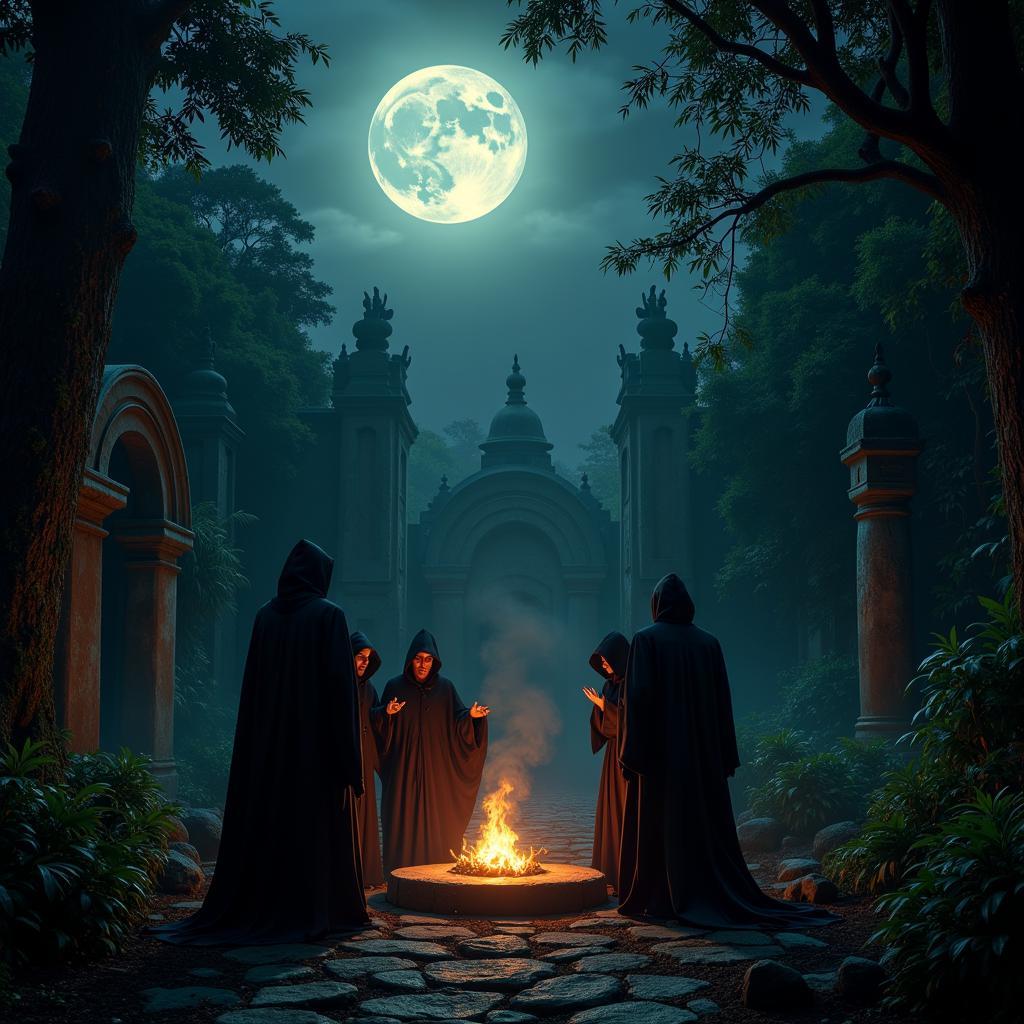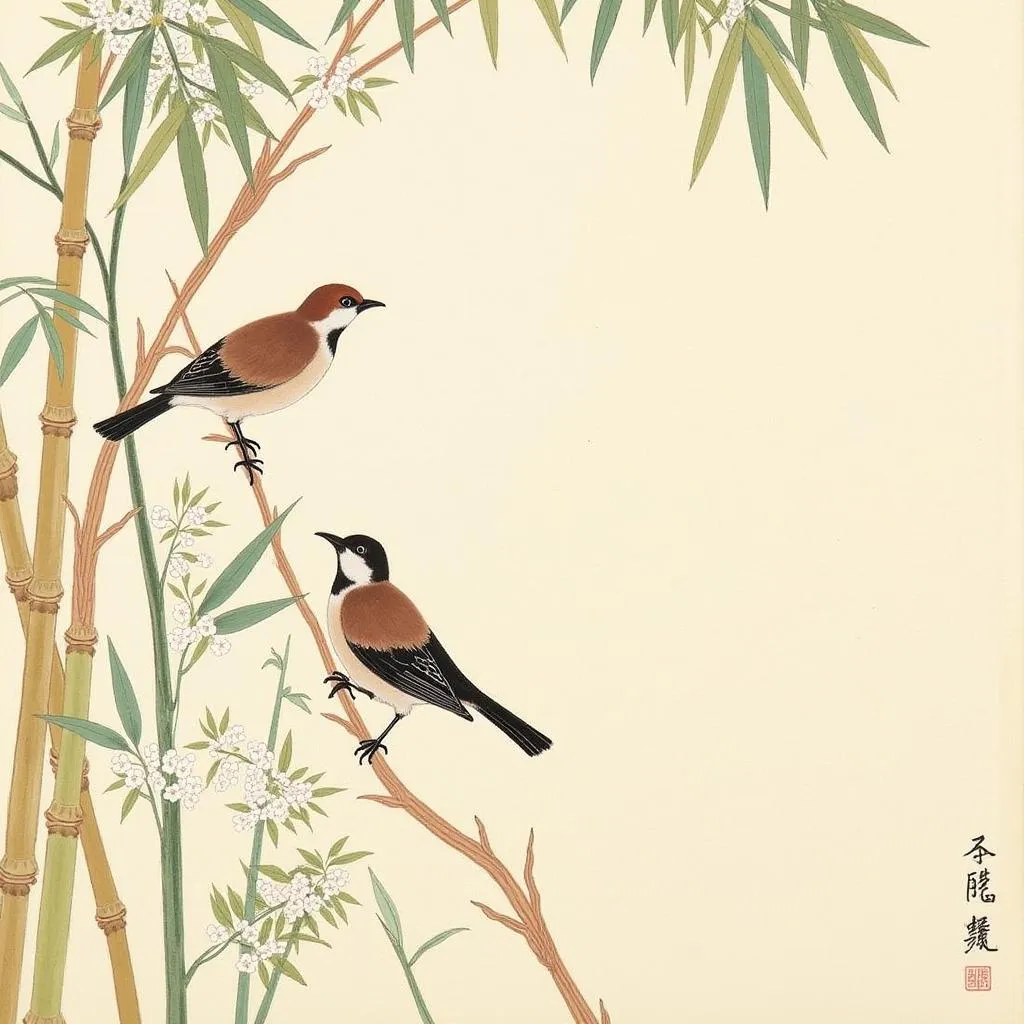Canvas Mexican Art: A Vibrant Journey of Color and Culture
Canvas Mexican Art is a captivating world of vibrant colors, intricate patterns, and profound cultural narratives. It’s a fusion of traditional techniques, bold aesthetics, and modern interpretations, making it an exhilarating exploration for art enthusiasts and collectors alike. This journey into the heart of Mexican art will unveil the beauty, symbolism, and stories woven into every brushstroke.
Exploring the Rich History of Mexican Canvas Art
The origins of Mexican canvas art can be traced back to the pre-Hispanic era, where indigenous communities utilized natural pigments and materials to create stunning murals and textiles. The arrival of Spanish conquistadors introduced new techniques and materials, influencing the evolution of Mexican art.
Pre-Hispanic Influences:
- Murals: The ancient Maya, Aztec, and Zapotec civilizations left behind awe-inspiring murals depicting deities, ceremonies, and daily life. These murals served as powerful forms of visual communication, preserving history and cultural beliefs.
- Textiles: Indigenous communities crafted intricate tapestries and woven fabrics using natural dyes and intricate patterns. These textiles reflected their beliefs, stories, and everyday experiences.
Spanish Colonial Influence:
- Religious Art: The Spanish introduced European painting techniques and a strong emphasis on religious themes. This led to the emergence of religious art featuring saints, biblical scenes, and Spanish colonial life.
- Mexican Baroque: A fusion of European baroque style and indigenous aesthetics resulted in a unique artistic movement known as Mexican Baroque. It emphasized vibrant colors, elaborate ornamentation, and dynamic compositions.
The Rise of Modern Mexican Canvas Art
The 20th century saw a renaissance in Mexican art, with artists like Diego Rivera, Frida Kahlo, and José Clemente Orozco emerging as leading figures in the art world. They embraced the rich traditions of their heritage, incorporating themes of revolution, social justice, and cultural identity into their works.
Muralism:
- Diego Rivera: A renowned muralist, Rivera utilized massive public walls as canvases to depict the struggles and triumphs of the Mexican people. His iconic murals, like “The History of Mexico” at the National Palace, became powerful symbols of national identity.
- Frida Kahlo: Kahlo’s self-portraits explored themes of pain, identity, and the female experience, drawing inspiration from Mexican folklore and traditional imagery. Her bold colors, symbolic details, and raw emotional intensity have made her one of the most recognized artists of the 20th century.
Contemporary Canvas Art:
- Emerging Artists: Today, a new generation of Mexican artists continues to push boundaries and redefine the landscape of canvas art. Their work often incorporates contemporary themes, exploring social issues, personal narratives, and the complexities of the modern world.
“Mexican canvas art is a constant conversation between tradition and innovation. It’s a journey through time and culture, expressed through the language of colors, textures, and emotions.” – Dr. Sofia Hernandez**, Art Historian
Finding Inspiration in Mexican Canvas Art
The vibrant colors, intricate patterns, and symbolic imagery of Mexican canvas art provide endless inspiration for artists, designers, and creative individuals. Whether you’re seeking to learn new techniques, explore cultural narratives, or simply appreciate the beauty of art, Mexican canvas art offers a rich tapestry of possibilities.
Exploring Different Styles:
- Folk Art: Known for its vibrant colors, bold patterns, and simple shapes, folk art depicts everyday life, folklore, and local traditions.
- Naïve Art: This style is characterized by its unrefined techniques and childlike simplicity, often portraying scenes of rural life, folklore, and everyday experiences.
- Abstraction: Contemporary Mexican artists often explore abstraction, using bold colors, geometric forms, and expressive brushstrokes to convey emotions, ideas, and cultural themes.
Learning Techniques:
- Acrylic Painting: Acrylic paints are a popular choice for their versatility, quick-drying properties, and vibrant colors.
- Oil Painting: Oil paints are renowned for their rich colors, smooth textures, and ability to create subtle blends.
- Mixed Media: Contemporary artists often combine different mediums, such as acrylic, oil, textiles, and found objects, to create unique and expressive works.
Conclusion:
Canvas Mexican art is a testament to the enduring spirit and artistic legacy of Mexico. It’s a vibrant journey of colors, textures, and stories, where tradition meets innovation, and cultural narratives come alive on the canvas. From the ancient murals of the past to the contemporary creations of today, Mexican canvas art continues to inspire and captivate audiences around the world.
“Mexican canvas art is a reminder of the beauty that can emerge when cultures collide, traditions evolve, and artists embrace their heritage.” – Dr. Mateo Garcia**, Art Curator
FAQ:
- What are some popular themes in Mexican canvas art?
Themes often revolve around nature, spirituality, folklore, social justice, and cultural identity.
- What are some famous Mexican artists?
Diego Rivera, Frida Kahlo, José Clemente Orozco, Rufino Tamayo, and David Alfaro Siqueiros are a few prominent names.
- Where can I find Mexican canvas art?
You can find it in galleries, museums, online marketplaces, and art fairs.
- Can I learn to paint in the Mexican style?
Absolutely! There are many workshops, courses, and online resources available to explore different techniques and styles.
- How can I incorporate Mexican art into my home décor?
Consider adding vibrant Mexican textiles, colorful ceramics, or framed prints of traditional Mexican artwork.


